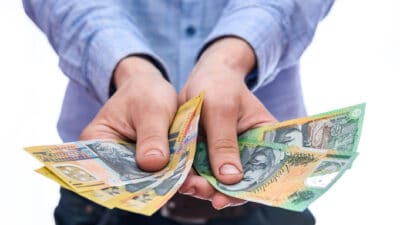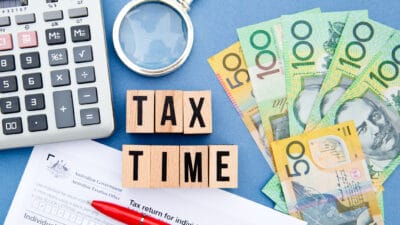When it comes to analysing ASX shares, one important aspect to dig into is financial strength.
A snapshot of a company's financial position is found on its balance sheet.
A quick way to get a pulse check on a company's financial health is by looking at its net debt position. In other words, its cash reserves against how much debt it has (if any).
I like to invest in companies with cash reserves that comfortably exceed their debts. Avoiding excessive debt helps a company weather economic downturns. And those with big cash balances are rewarded with optionality, having the ability to pounce on acquisition opportunities that may arise in the market or reinvest those funds back into the business for future growth.
What's more, balance sheets also provide insight into a company's business model and efficiency.
The absence of debt often points to a capital-light and self-sufficient business. In other words, the company generates enough money on its own, without needing to rely on external funding.
There are some exceptions to this. For example, ASX 200 shares like Liontown Resources Ltd (ASX: LTR), Chalice Mining Ltd (ASX: CHN), and Core Lithium (ASX: CXO) all currently boast debt-free balance sheets.
However, these companies are pre-revenue, capital-intensive, and far from being self-sufficient. Instead of debt, they've been relying on equity to fund the future growth story, turning to investors to raise capital.
Debt-free ASX 200 shares
Excluding those types of companies, let's take a look at three ASX 200 shares from different industries that don't have any borrowings on their balance sheet.
I've recently profiled ASX 200 shares with enormous insider ownership, founders steering the ship, juicy gross profit margins, and mission-critical products.
So even though WiseTech Global Ltd (ASX: WTC), Altium Limited (ASX: ALU), Pro Medicus Limited (ASX: PME), and Netwealth Group Ltd (ASX: NWL) all boast debt-free balance sheets, I'll be looking past them in favour of some new names.
Nanosonics Ltd (ASX: NAN)
First up, Nanosonics is an ASX 200 growth share involved in the business of infection prevention. Its flagship Trophon device disinfects ultrasound probes, replacing what's primarily been a manual process in the past.
The company operates a razor and blade business model, selling hospitals its Trophon device which requires Nanosonics' proprietary disinfectant liquid to operate.
Customers pay a bigger upfront price for the Trophon device. But Nanosonics actually makes the bulk of its revenue from the higher-margin consumables sales.
With respect to its balance sheet, Nanosonics ended FY22 with $95 million in cash and no debt. This provides the company with a strong foundation for continued investment in growth initiatives, such as global expansion and product innovation.
Nanosonics has been consistently profitable and operating cash flow positive for several years.
ARB Corporation Limited (ASX: ARB)
Next up is ARB, the ASX 200 share behind Australia's favourite 4×4 accessories.
With origins dating back to 1975, ARB has grown to become the nation's largest manufacturer and distributor of 4×4 accessories. Its strong local presence is complemented by an export network that extends through more than 100 countries across the globe.
ARB has a long track record of strong cash flow generation and profitability, going back decades. It's reinvested this cash at high rates of return, expanding its distributor network, product offering, manufacturing facilities, and original equipment manufacturer (OEM) relationships to great effect.
ARB has been debt-free for many years. It finished FY22 with cash reserves of $53 million, ensuring the company continues to be well-placed to take advantage of investment opportunities.
ASX Ltd (ASX: ASX)
Finally, let's take a closer look at the company that operates the Australian Securities Exchange.
ASX Ltd is a vertically-integrated, multi-asset exchange group. It's best known for collecting annual listing fees from companies on the ASX. But it also operates futures and options markets, and offers a range of services including trading, clearing, settlement, and market data.
The company has a debt-free balance sheet, which currently boasts $5 billion in cash. However, a lot of this money doesn't belong to ASX. Instead, it is collateral put up by clearing participants to cover their margin obligations in the futures markets.
As a result, the company's balance sheet isn't as clean as a typical ASX share. This muddies the company's other financial statements as well. But its lack of reliance on external funding is a positive sign.
ASX Ltd last raised capital in 2013 when it launched a $550 million entitlement offer. Around half of the proceeds were used to pay down debt, and the company has been debt-free ever since.









